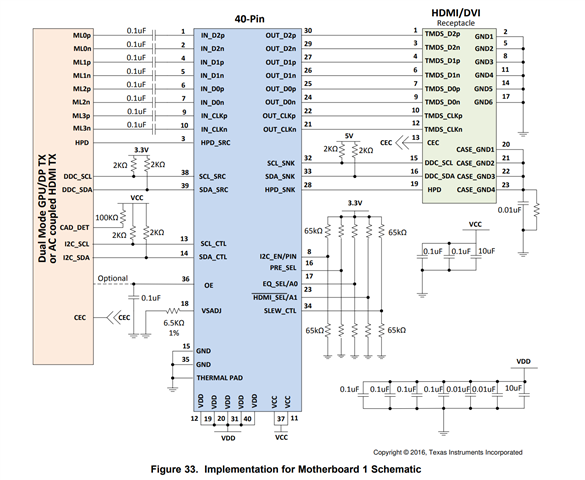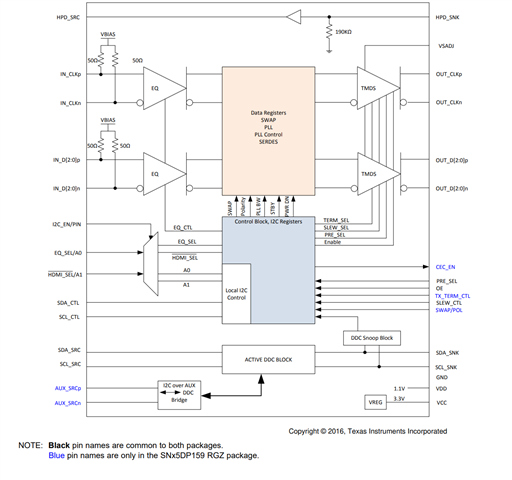Tool/software:
In the circuit implemented for DP++, the following point confuses me: the MOS transistor has a body diode. Because of this body diode, it appears that AUXP and AUXN can conduct to the sink terminal at any time.Does this circuit truly enable the self-identification function between AUX and DDC?







